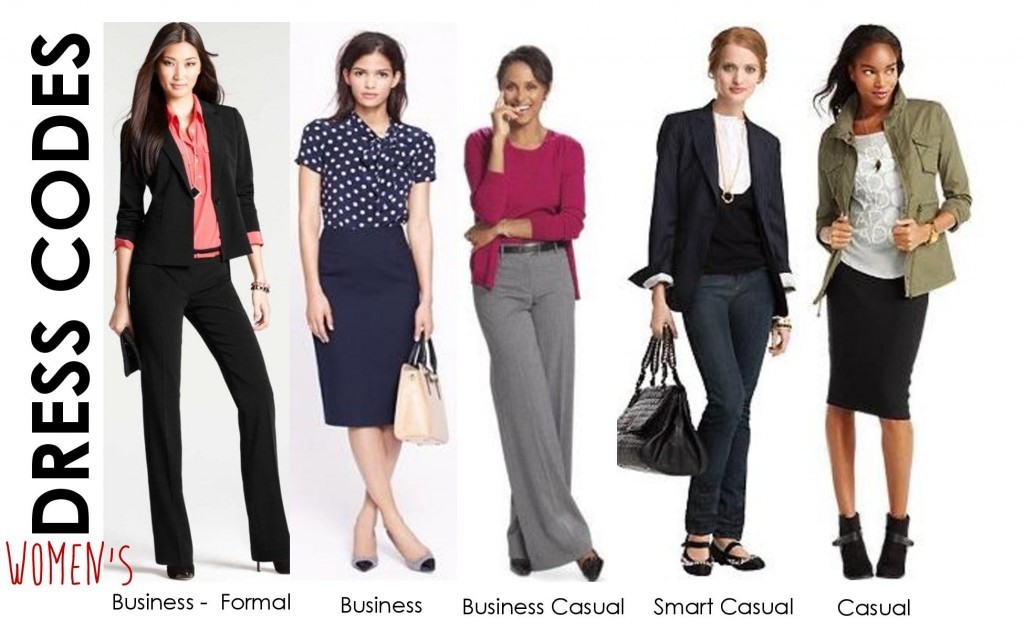In today’s dynamic professional world, first impressions can make or break opportunities. One of the most important aspects of creating a strong, confident image in the workplace is dressing appropriately. Across industries, the definition of “dressing professionally” varies, but one standard remains a cornerstone of corporate culture—Business Professional Attire.
Understanding how to dress in business professional attire for different industries is essential for projecting credibility, confidence, and respect. Whether you’re heading into a corporate law firm or a startup tech hub, mastering the balance between professionalism and practicality is key.
In this article, we’ll explore what business professional attire typically includes, how it varies by industry, and practical tips to help you always dress the part.
What is Business Professional Attire?
Business Professional Attire is a formal dress code typically expected in traditional office settings such as finance, law, or government. It’s designed to reflect a polished, competent, and trustworthy image. While it may differ slightly based on company culture or geography, the core elements are largely universal.
Key Elements for Men:
- A tailored suit in neutral colors (black, navy, grey)
- A button-down shirt (preferably white or light blue)
- A conservative tie
- Leather dress shoes (black or brown)
- Minimal accessories
Key Elements for Women:
- A tailored suit (pantsuit or skirt suit)
- Blouse in solid or subtle patterns
- Closed-toe heels or loafers
- Neutral makeup and simple accessories
- Tidy hairstyle
The focus is on modesty, fit, and clean lines. Flashy patterns or bright colors are typically avoided in strict business professional environments.

Why Business Professional Attire Still Matters
In an era of casual Fridays and remote work, some may question the relevance of formal attire. However, Business Professional Attire still plays a crucial role in various settings:
- Establishes Credibility: Wearing professional clothing can influence how others perceive your abilities and authority.
- Boosts Confidence: Dressing sharply often enhances self-confidence and focus.
- Promotes Company Image: Employees who maintain a professional appearance contribute positively to a brand’s identity.
- Sets Expectations: It creates a visual standard of seriousness and dedication, especially important in client-facing roles.
Dressing for Business: Industry-by-Industry Breakdown
While the basics remain the same, expectations for professional dress vary widely across industries. Below is a guide to help you align your wardrobe with your workplace standards.
1. Finance and Law: Ultra-Formal Standards
In industries such as investment banking, accounting, and law, business professional is the gold standard. The expectation is conservative, consistent, and highly polished attire.
Men:
- Dark suits, preferably wool
- Crisp, ironed dress shirts
- Ties with subtle patterns or solid colors
- Leather briefcase or portfolio
Women:
- Matching pantsuits or skirt suits
- Minimal jewelry and makeup
- Neutral tones: navy, charcoal, beige
- Hosiery with skirts (still preferred in many law firms)
Consistency in appearance is key. Daily adherence to business professional attire is often mandatory in these environments.
2. Corporate & Administrative Roles: Classic and Adaptable
Corporate offices outside finance and law—like HR, marketing, or management—usually follow business professional attire with slight flexibility.
Suggestions:
- You can experiment with softer colors or subtle patterns.
- Blazers with smart trousers or skirts are appropriate.
- Dresses are acceptable if modest in length and design.
- Comfortable but polished footwear is important for long office hours.
Adapting your outfit to suit both the occasion and the company’s internal dress code is smart. For presentations or client meetings, a more formal look is preferable.
3. Healthcare Administration and Pharmaceutical
While clinical roles require uniforms or scrubs, administrative and executive healthcare roles still demand Business Professional Attire.
For both men and women:
- Structured suits or blazers
- Simple accessories (watches, stud earrings)
- Clean grooming and tidy appearance
White coats may be worn over business professional outfits during meetings or hospital tours, especially for roles like medical directors or pharmaceutical sales.
4. Tech Industry: Business Casual with Professional Touches
Startups and tech companies are famously casual, but that doesn’t mean dressing down all the time. When formal attire is needed (interviews, board meetings, investor calls), opt for modern business professional attire.
Recommended:
- Skip the tie, but keep the blazer
- Stick to fitted, high-quality clothing
- Avoid jeans—even dark denim is often too casual
- Pair button-downs or blouses with smart trousers or skirts
Think of it as “polished casual”—still formal enough to be taken seriously but not overdone for the laid-back tech culture.
5. Education and Nonprofits: Polished but Personable
In education and nonprofit sectors, the dress code tends to be semi-formal to professional. However, administrators and public-facing roles still benefit from adhering to Business Professional Attire standards during events or conferences.
Outfit tips:
- Layered clothing: cardigans, blazers, or vests
- Comfortable shoes (important for long hours or campus walking)
- Accessories can show personality but should remain subtle
- Professional dresses with jackets work well
There’s room for creativity, but it’s best to lean conservative for fundraising events or board meetings.
6. Creative Industries: Stylish Yet Structured
In fashion, design, and media, there’s more flexibility. Still, professional events, interviews, or client meetings may call for a version of business professional attire—albeit with flair.
For creatives:
- Modern cuts, statement pieces, or bold colors are acceptable
- Swap traditional suits for fashion-forward separates
- Designer or high-quality items can reflect your industry knowledge
- Artistic accessories can enhance but not distract
Confidence and self-expression are welcomed, but professionalism must still shine through.
Common Mistakes to Avoid
Even with the best intentions, missteps can occur. Here are mistakes to watch for when dressing in Business Professional Attire:
- Over-accessorizing: Jewelry, watches, or statement pieces should be elegant, not overpowering.
- Poor fit: Baggy or tight clothes look unprofessional. Invest in tailoring.
- Ignoring grooming: Hair, nails, and facial hair should always be neat.
- Casual footwear: Sneakers or sandals are a no-go in formal business settings.
- Wrinkled or stained clothing: Keep your wardrobe clean and pressed at all times.
Seasonal Considerations
Dressing professionally doesn’t mean suffering through heat waves or freezing winters. Here’s how to stay comfortable:
- Summer: Lightweight wool, linen blends (avoid pure linen—it wrinkles fast), breathable cotton shirts.
- Winter: Layer with wool coats, scarves, or turtlenecks under suits.
- Rainy Days: Invest in stylish, waterproof trench coats and keep a clean pair of shoes at the office.
Always maintain a tidy, put-together look even when adapting for the weather.
How to Build a Business Professional Wardrobe on a Budget
Looking professional doesn’t require designer labels. Here’s how to build a strong wardrobe without overspending:
- Start with basics: Black or navy suit, white shirt, black shoes.
- Shop off-season sales: Buy winter wear in spring, summer items in fall.
- Mix and match: Invest in separates that can be combined in multiple ways.
- Tailor inexpensive clothing: A good fit elevates even the most affordable pieces.
- Thrift stores & outlets: You can often find quality items for less.
Think of your wardrobe as an investment—it pays off in interviews, promotions, and confidence.
Faqs
What is considered business professional attire for women?
Business professional attire for women typically includes a pantsuit or skirt suit, a conservative blouse, closed-toe shoes, and minimal accessories in neutral tones.
Can I wear business professional attire in creative industries?
Yes, but with slight flexibility. In creative fields, you can introduce stylish cuts, unique accessories, and bold colors while maintaining a polished and respectful appearance.
Is business professional the same as business casual?
No. Business professional is more formal, typically involving suits and structured outfits, whereas business casual allows for more relaxed yet tidy clothing like polos, chinos, or sweaters.
How can I maintain a business professional look on a budget?
Buy wardrobe basics during seasonal sales, explore outlet or thrift stores, invest in tailoring, and mix & match pieces to maximize outfit combinations without overspending.
Conclusion: Dress for the Role You Want
Business Professional Attire isn’t about vanity or strict rules—it’s a form of communication. The way you dress tells people how seriously you take your work, how much respect you have for yourself and others, and how well you understand professional norms.
Whether you’re navigating the corridors of finance, teaching in academia, or pitching at a creative agency, aligning your appearance with industry expectations can enhance credibility and create lasting impressions. With some planning and mindfulness, anyone can master the art of dressing professionally—without sacrificing comfort or individuality.
Always remember: you don’t get a second chance to make a first impression. So dress the part, stand tall, and own your space.




